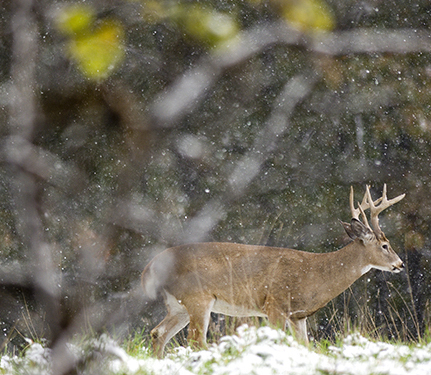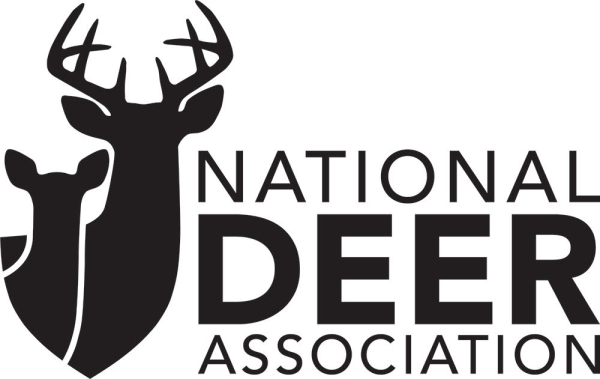Michigan Deer Hunters Have Room for Improvement
By Glen Wunderlich
Charter Member Professional Outdoor Media Association
Michigan deer hunters should do a better job of identifying fawns – especially buck fawns – if ever we are going to balance our herd in terms of bucks versus does. Although we take a good number of antlerless deer, we really take very few relative to the vast number of hunters afield. In addition, our take of immature bucks – those 1 ½ years of age – makes up close to half of all buck deer. Let’s consider some strong possibilities as to the rationale for our lagging results.
First off, the pressure of being a good hunter may stem from the “need” to be viewed as successful. I recall returning from deer hunting vacations to be asked by others at work if I had gotten my buck – an obvious measurement of success in the casual observer’s eyes. Since nobody sets out to be a failure, we’d like to respond by saying, “Yes. Got a spike buck!” Congratulations! You just killed the dumbest deer in the woods and have contributed to our dismal state of balance.
If a hunter sees one of these lesser bucks afield and takes the first one presenting itself for a shot, and kills it, is that really success? It all depends on what one is thinking afield. However, this approach typically means that this hunter will never see a mature deer that season and certainly, the adolescent deer taken will never grow to maturity. And, those “monstrous” 4 and 6-pointers are usually yearlings, as well, and accordingly, fall into the same category of immature.
I’m not indicating that we should all become “trophy” hunters, whatever that means in someone’s eyes. However, we must let the young deer grow to change the makeup of our herd. In this age of information at our fingertips, there really is no excuse for ignorance, and that brings me to our antlerless strategy that is weak at best overall.
A good friend had taken a mature buck during the archery season and had held off on seeking an additional deer for the freezer until the late antlerless season. He quickly had a “good size” antlerless deer in front of him, pulled the trigger and came back to camp in a matter-of-fact spirit of accomplishment. When we tracked it down, we discovered that he killed a buck fawn – one of our No-Nos.
Yes, it was a mistake – but, an avoidable one. Buck fawns are always larger than their female siblings. When a group of antlerless deer are together, a good hunter should know to look closer. Good binoculars can help a hunter to spot the telltale signs of antler nubs, or the square-looking heads, or short noses – even if it’s a lone antlerless deer, which in itself is a good clue as being a male.
If a hunter does not know what to look for, mistakes will continue to happen. This is how Michigan hunters continue lag far behind other mid-western states when it comes to taking adult deer. Or, are we collectively that hungry? I don’t think so.
We’ll never get to balance the herd by taking buck fawns – those deer that have the potential to be wall-hangers. Although statistics do not reflect how many of our annual antlerless kills are actually buck fawns, we do know that one in five antlerless deer killed each season is a fawn.
With a bit of faith – the belief that we will get another opportunity by exhibiting patience – is an essential ingredient toward success, no matter how we may measure it.
If the shoe fits, wear it. And, then get educated and work your plan and maybe we can begin to turn this around.






